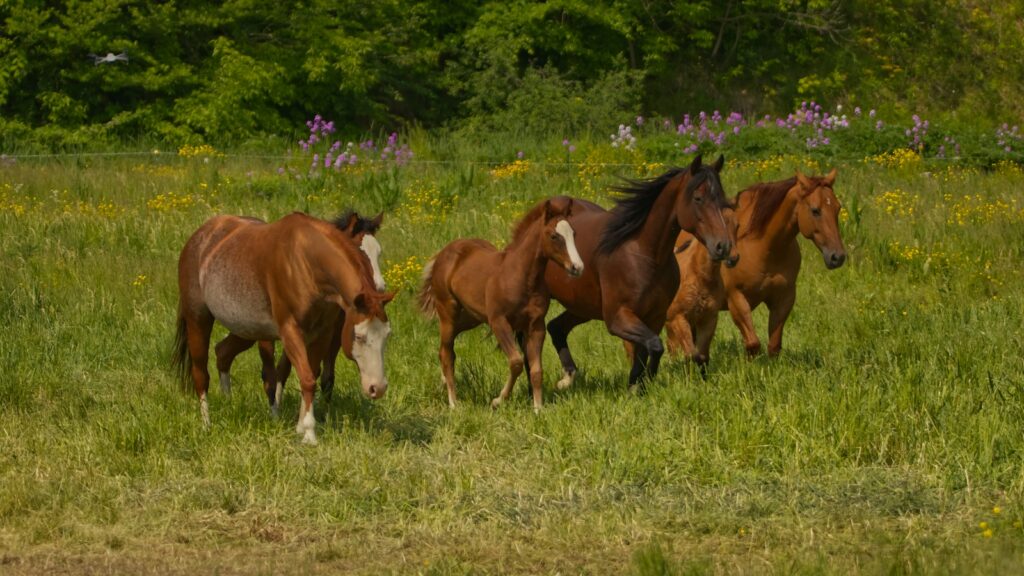Horses are naturally active animals meant to roam across open spaces, graze throughout the day, and engage with their environment. When injury or illness requires stall rest, these natural behaviors are severely restricted, potentially leading to mental and emotional distress. Confined to a small space for extended periods, horses can develop frustration, anxiety, and destructive behaviors such as cribbing, weaving, or box-walking. Creating an enriching environment during stall confinement is essential for your horse’s mental well-being and recovery. This comprehensive guide offers practical strategies to keep your horse mentally stimulated and emotionally balanced during this challenging period of restricted movement.
Understanding Why Horses Get Bored
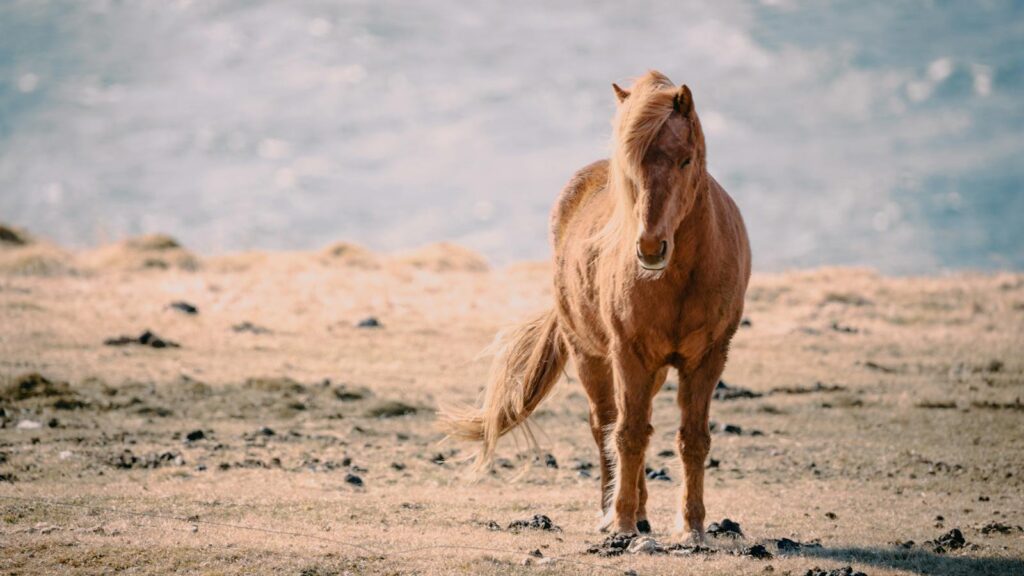
In the wild, horses spend 16-20 hours daily grazing, walking up to 20 miles, and socializing with their herd. This constant activity is hardwired into their biology and psychology. When confined to a 12×12 stall, a horse experiences a dramatic reduction in physical movement, sensory stimulation, and social interaction. This sudden limitation contradicts their natural instincts, creating stress and mental frustration. Horses are intelligent creatures that require both physical and mental exercise to maintain psychological health. Without adequate stimulation, they redirect their energy into stereotypic behaviors like stall walking, cribbing, or wood chewing. Understanding this fundamental disconnect between natural behavior and stall confinement is the first step in creating effective boredom prevention strategies during recovery periods.
Signs Your Horse Is Experiencing Stall Boredom
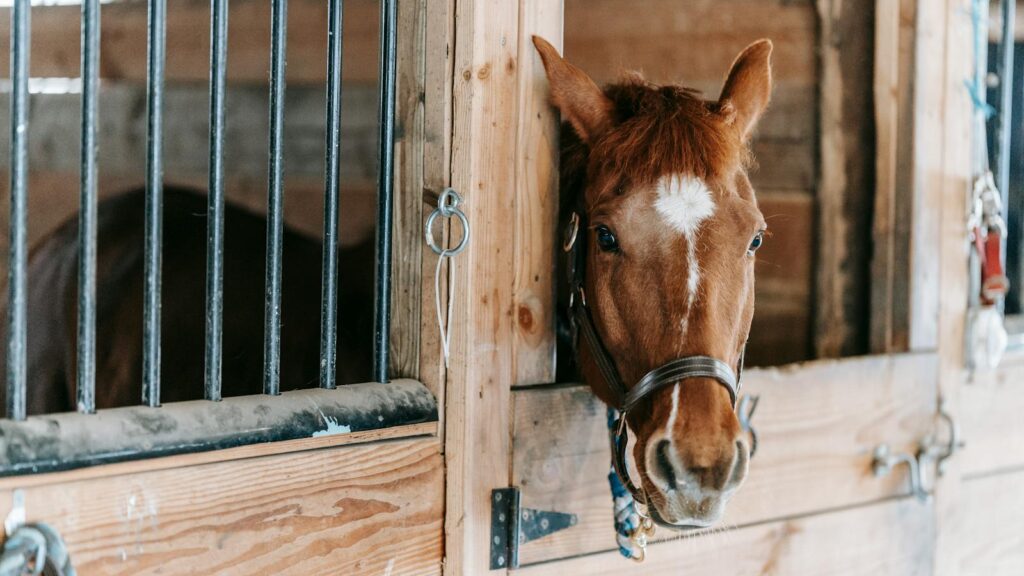
Recognizing the signs of boredom early allows for faster intervention before problematic behaviors become entrenched. Watch for repetitive movements such as weaving (swaying side to side), stall walking (pacing in patterns), or pawing at the ground, which can indicate mental frustration. Oral fixations, including cribbing (grabbing surfaces with teeth while sucking air), wood chewing, or excessive licking of stall surfaces are common manifestations of boredom. Changes in eating patterns, such as bolting food quickly or playing with water buckets, can also signal psychological distress. Some horses become increasingly vocal, nickering or whinnying more frequently, while others may appear unusually lethargic or depressed, standing in corners with a dull expression. Any sudden behavioral changes warrant attention and appropriate enrichment adjustments.
Creating an Optimal Stall Environment
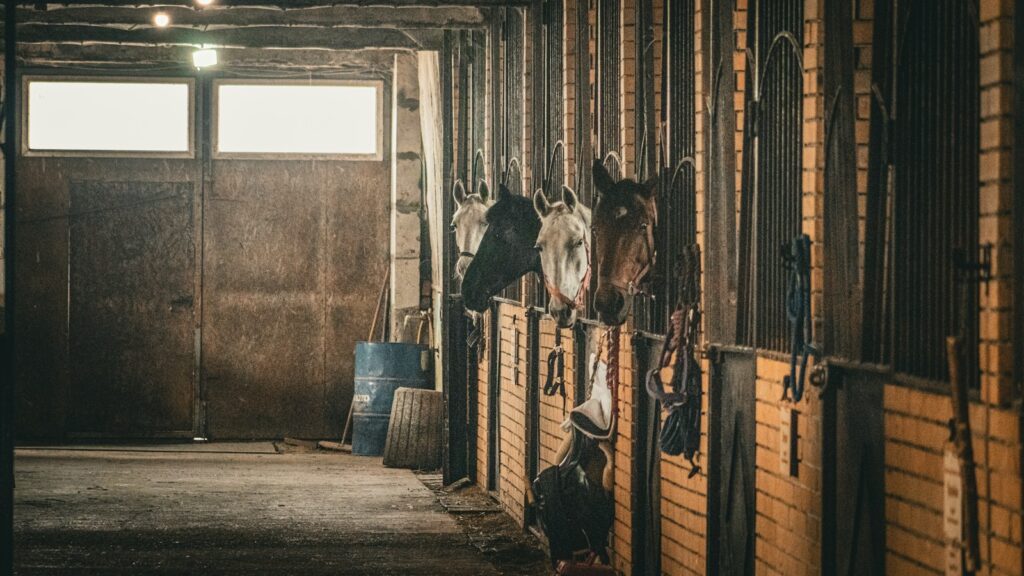
The physical setup of the stall significantly impacts your horse’s comfort and mental state during confinement. Begin by ensuring excellent ventilation to provide fresh air and reduce respiratory irritants that can compound stress. Position the stall so your horse can maintain visual contact with other horses, ideally with a window or opening to the outside world for sensory connection. Adequate lighting is crucial—natural light is best, but avoid direct sun that could create uncomfortable hot spots. Deep, comfortable bedding allows for more natural resting positions and gives your horse something to paw through and arrange. Consider installing a stall mirror (specially designed safety versions for horses) in a position where your horse can see the reflection, as this can create the illusion of companionship for particularly social animals. The goal is to create a space that feels less like confinement and more like a comfortable resting area.
Feeding Strategies to Extend Foraging Time
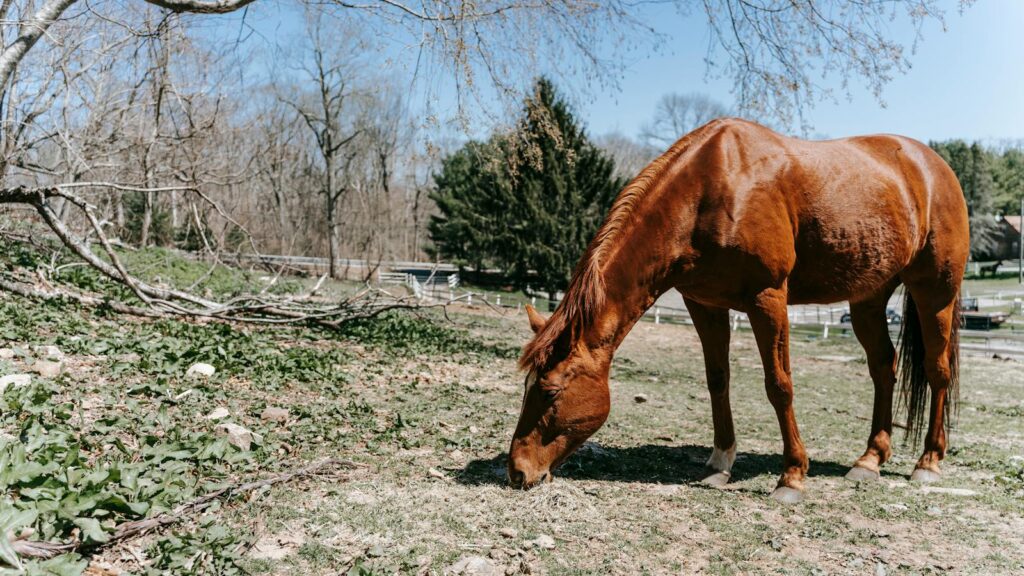
Horses evolved to spend the majority of their day grazing, and replicating this natural feeding pattern helps prevent boredom. Rather than offering large meals twice daily, divide your horse’s hay ration into multiple small portions distributed throughout the day and night. Slow-feed hay nets with small openings force your horse to work for each mouthful, extending feeding time significantly. Commercial hay balls or homemade feeding puzzles that release hay when manipulated provide mental stimulation along with nutrition. For concentrate feeds, consider puzzle feeders that require your horse to move balls or solve simple problems to access small amounts of grain. Hanging produce like carrots, apples, or parsnips from the ceiling at different heights encourages reaching and stretching within the bounds of their restricted movement. These feeding enrichment strategies not only prevent boredom but also support better digestion and reduce the risk of ulcers during stall rest.
Sensory Enrichment for Confined Horses
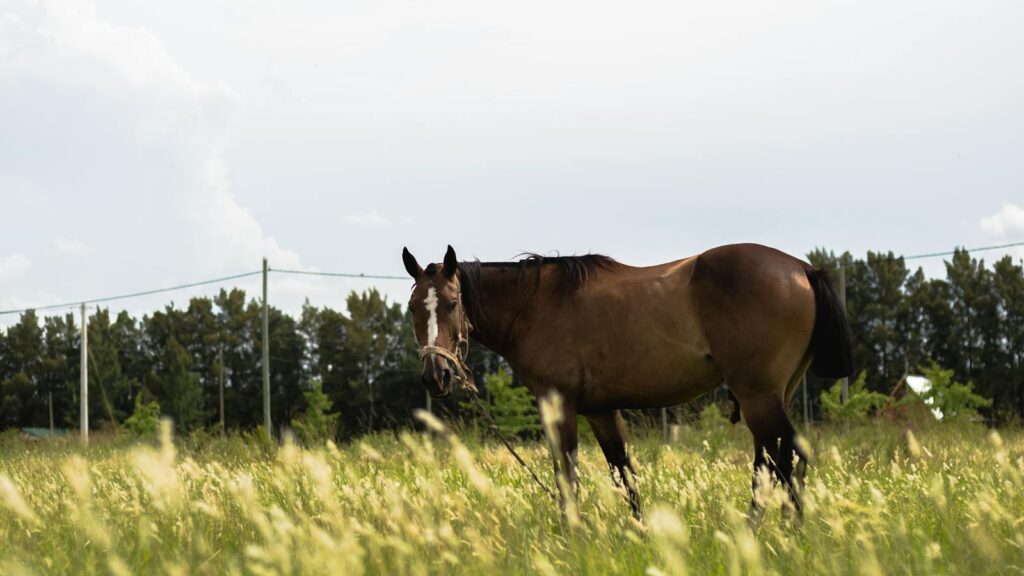
Stimulating your horse’s senses provides mental engagement without requiring physical exertion. Playing calming music or nature sounds through a barn sound system can create a richer sensory environment, with classical music and recordings of natural environments proving particularly effective in research studies. Introducing novel but safe scents such as lavender, chamomile, or mint through essential oils diluted and sprayed on stall walls (well out of reach) gives olfactory stimulation. Tactile stimulation can be provided through different grooming tools, massage sessions, or installing safe rubbing surfaces at different heights in the stall. Visual enrichment might include hanging colorful (but horse-safe) objects that move slightly with air currents. Some horses even enjoy watching activity outside their stall or viewing specially designed videos of pastoral scenes played on a protected screen. By engaging all senses, you create a more dynamic environment within the physical limitations of stall rest.
Safe Toys and Manipulatives for Horses

Horse-specific toys can provide hours of entertainment and mental stimulation during confinement. Commercial options include hanging balls designed specifically for equine interaction, lick-it toys that dispense small treats when manipulated, and durable rubber toys that can be pushed around the stall. Many horses enjoy large exercise balls specially designed for equine use that can be nudged and moved within the stall. Traffic cones, while unconventional, often fascinate horses who will pick them up and move them around. For horses that enjoy oral stimulation, specially designed lick mats can be smeared with apple sauce or other horse-safe spreads. When selecting toys, prioritize durability and safety—avoid anything with small parts that could be ingested or materials that might splinter when chewed. Rotate toys regularly to maintain novelty, as horses, like humans, can lose interest in the same entertainment options over time.
Social Interaction and Companionship
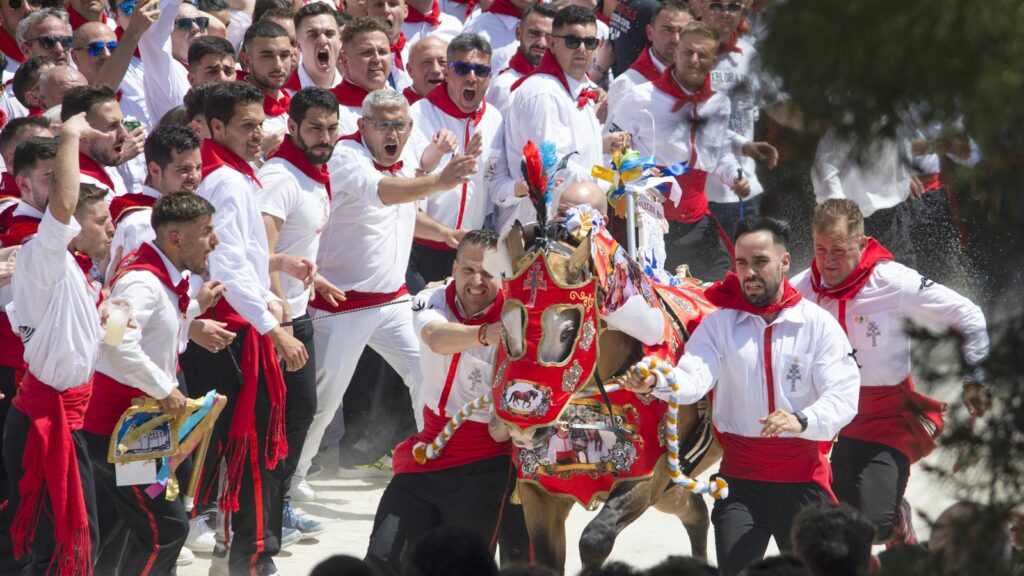
Horses are herd animals that crave social connection, making isolation particularly stressful during stall rest. Whenever possible, position the confined horse in a stall that allows nose-to-nose contact with a compatible equine neighbor through a stall window or bars. If a horse companion isn’t feasible, consider other animal companions—goats, miniature donkeys, or even chickens can provide social stimulation for some horses. For highly social horses, increased human interaction becomes essential during confinement—scheduled visits throughout the day for grooming, massage, or simply sitting nearby while reading can provide comfort. Some stabled horses benefit from having a radio playing human voices when people aren’t around. If your facility allows, consider hiring a stall sitter for a few hours daily to provide additional companionship during extended rest periods. The psychological benefits of maintaining social connections during recovery cannot be overstated and often contribute significantly to reduced stress levels.
Training and Mental Exercises

Confinement presents an excellent opportunity to develop your horse’s cognitive abilities through training sessions that don’t require physical exertion. Clicker training is particularly effective, allowing you to teach your horse to target objects, distinguish between colors, or respond to verbal cues—all mentally stimulating activities that can be performed in a stall. Practice “liberty at halter” work where your horse learns to yield to different body parts upon request, developing body awareness and responsiveness while standing still. Teach simple tricks like nodding “yes,” shaking “no,” or touching targets with their nose. For more advanced mental stimulation, introduce scent discrimination games where your horse identifies treats hidden under one of several cups. Consistency is key—short, positive training sessions several times daily provide mental engagement without fatigue. These cognitive challenges not only prevent boredom but can strengthen your communication bond during a potentially frustrating period for both of you.
Grooming and Physical Contact
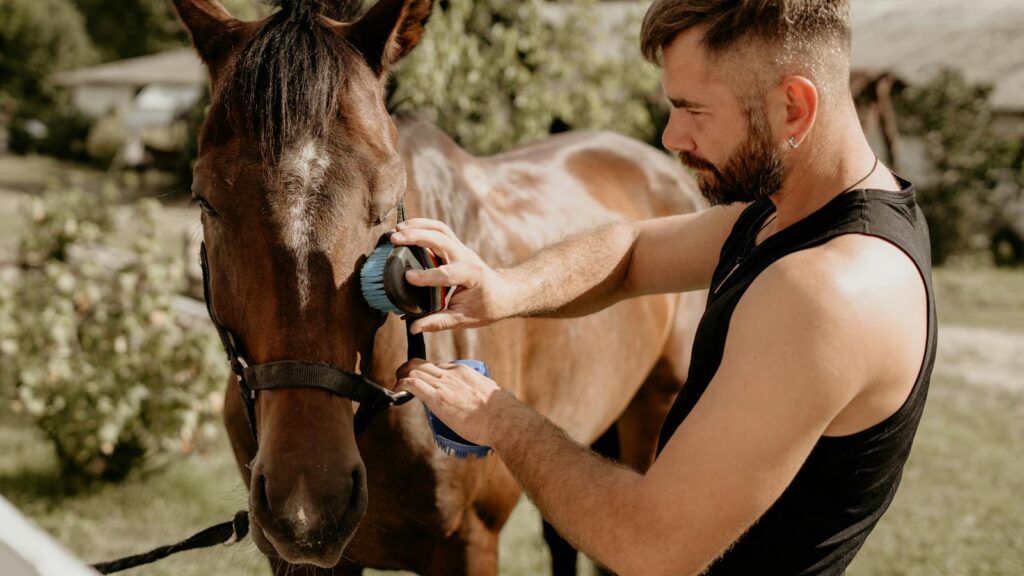
Extended grooming sessions provide sensory pleasure, physical contact, and mental focus for stall-bound horses. Beyond basic cleaning, consider learning equine massage techniques to stimulate circulation and provide comforting touch during confinement. Introduce your horse to different grooming tools with varied textures—soft brushes, curry combs, grooming mitts, and massage rollers offer diverse tactile experiences. Many horses particularly enjoy facial grooming with a soft brush around the eyes, behind the ears, and along the muzzle. Take time to find your horse’s favorite scratching spots, which commonly include the withers, chest, and base of the tail. For horses that enjoy it, try using a grooming vacuum specifically designed for equines, which provides both tactile sensation and the novelty of gentle vibration. These extended contact sessions help maintain your bond while providing physical comfort during a time when regular exercise isn’t possible.
Therapeutic Activities for Healing
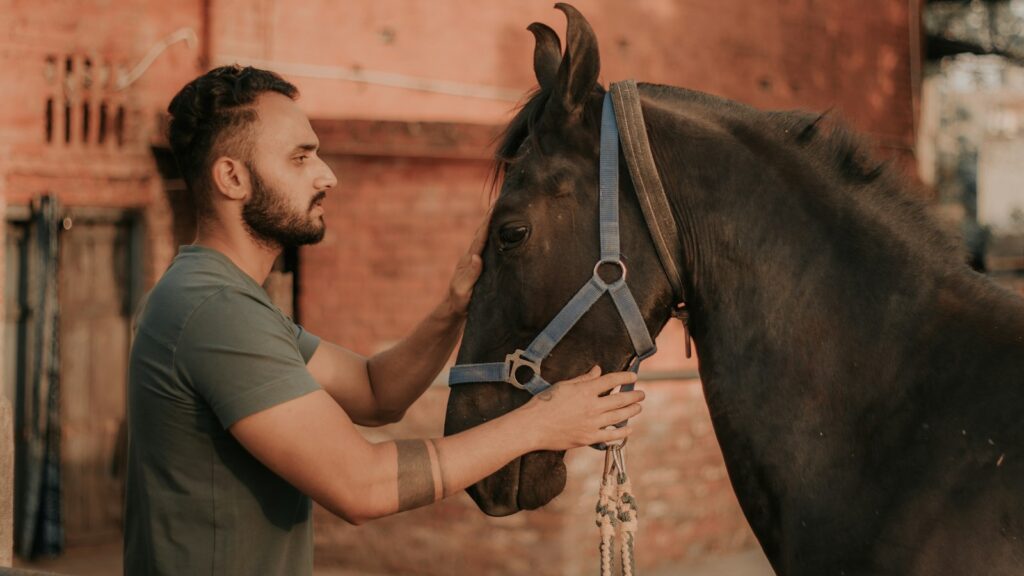
Depending on your horse’s specific injury and veterinary recommendations, certain therapeutic activities may be permitted that provide mental engagement while supporting physical recovery. Hand-walking, even for just a few minutes daily if approved by your veterinarian, gives your horse a change of scenery and minimal movement. In-stall stretching exercises guided by an equine physical therapist can provide mental focus while maintaining flexibility. Some recovering horses benefit from light groundwork exercises performed while standing, such as yielding the hindquarters or softening to poll pressure. Therapeutic light therapy or magnetic treatments not only address physical healing but also give your horse something different to experience during the day. Equine massage, when performed by a qualified practitioner within veterinary guidelines, offers mental relaxation along with physical benefits. Always consult your veterinarian before introducing any activity during recovery, ensuring it supports rather than hinders the healing process.
Environmental Changes and Rotation
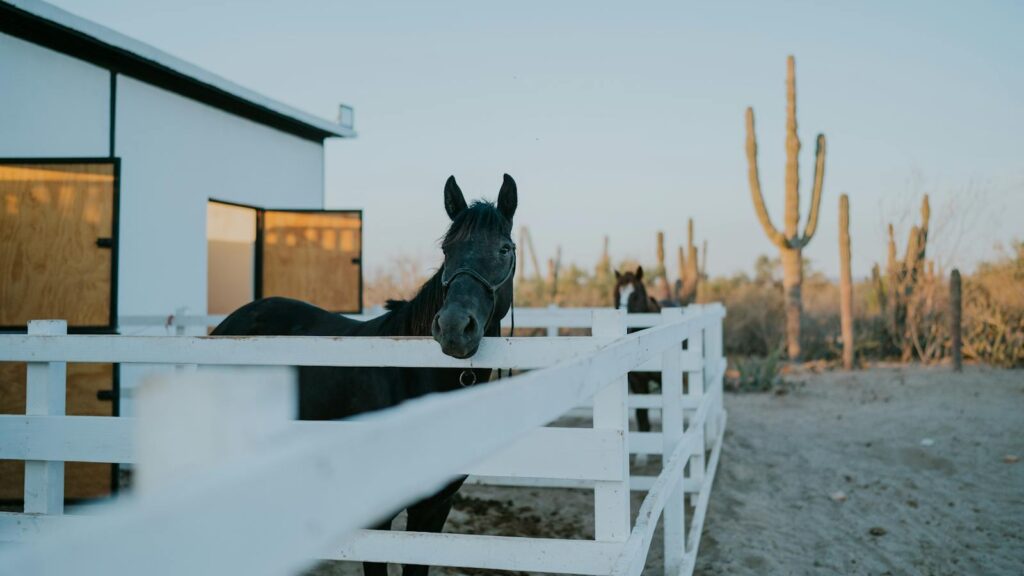
Novelty is a powerful antidote to boredom, making regular changes to your horse’s environment essential during extended stall rest. Rearrange safe objects within the stall weekly, moving water buckets, hay nets, and toys to new positions to create a sense of change. Introduce new scents periodically by hanging fresh branches of horse-safe plants like lemongrass or apple tree limbs. Consider occasionally moving your horse to different stalls if your facility allows, providing new views and surroundings without requiring exertion. Change bedding types when appropriate, alternating between straw, shavings, or pelleted bedding for different sensory experiences underfoot. Even shifting the position of the stall door grill so your horse views the aisle from a different angle can provide mental stimulation. These environmental variations, while seemingly minor, help combat the monotony of long-term confinement by creating novel sensory experiences within the necessary restrictions of stall rest.
Technology and Innovation for Stalled Horses
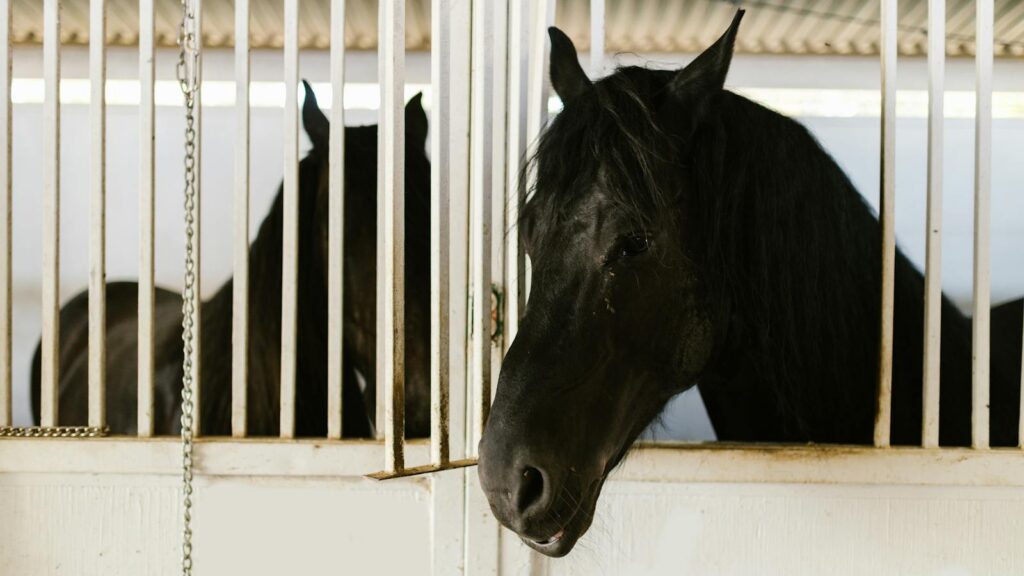
Modern technology offers novel solutions for entertaining confined horses. Automated treat dispensers can be programmed to release small rewards at random intervals, creating anticipation and mental engagement. Motion-activated toys that respond when nudged provide interactive experiences that reward your horse’s curiosity. Some innovative barns are experimenting with equine-specific video systems that display moving scenes of pastures and horses, positioned where stalled horses can watch. Automated grooming stations with rotating brushes mounted at appropriate heights allow horses to self-groom when desired. For horses that respond well to sound, programmable audio systems can vary the type of music or nature sounds throughout the day, preventing habituation to a single soundtrack. While technology shouldn’t replace human interaction, these innovations can fill gaps between visits and provide consistent stimulation during long confinement periods.
Creating a Consistent Daily Schedule

Horses thrive on routine, which becomes even more important during the stress of confinement. Establish a consistent daily schedule with regular feeding times, human visits, training sessions, and enrichment activities spaced throughout the day and evening. Begin each morning with a thorough grooming session and health check, followed by breakfast served in an enrichment device. Schedule mid-morning activities like a training session or hand-walking if permitted. Provide fresh enrichment toys before quiet afternoon time, followed by another brief human interaction period. Evening routines might include another training session, extended grooming time, and setting up overnight feeding enrichment. Post this schedule near your horse’s stall so all caretakers follow the same routine, providing security through predictability. While maintaining consistency, include one “surprise” element daily—a new toy, unusual treat, or different activity—to prevent the routine itself from becoming monotonous.
Monitoring and Adjusting Your Strategy

Each horse responds differently to confinement and enrichment techniques, making ongoing assessment essential. Keep a daily journal noting your horse’s behavior, mood indicators, and responses to different enrichment strategies. Look for patterns—does your horse seem calmer after certain activities or more frustrated with particular toys? Track sleep patterns, appetite, and any stereotypical behaviors, noting increases or decreases in relation to your interventions. Be prepared to adjust your approach based on these observations, emphasizing activities that clearly improve your horse’s mental state. Consider installing a stall camera to monitor behavior when you’re not present, providing valuable insights into how your horse copes during “alone time.” Regularly consult with your veterinarian about behavioral concerns, as some may indicate pain rather than boredom. This documentation not only helps refine your current strategy but provides valuable information for any future stall rest periods your horse might experience.
Conclusion
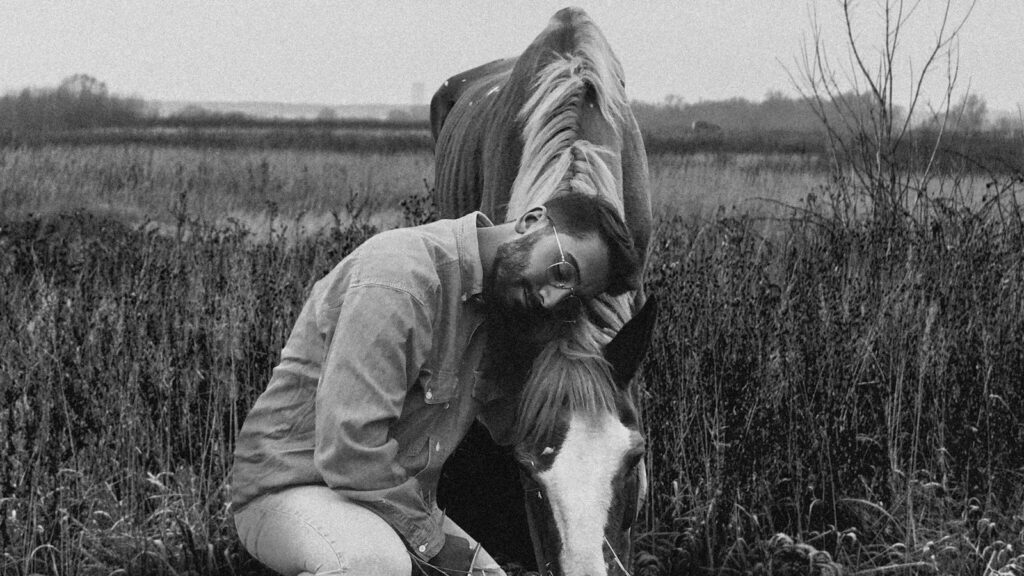
Stall rest, while medically necessary at times, presents significant challenges to your horse’s psychological well-being. By implementing a comprehensive enrichment strategy that addresses nutritional, social, sensory, and cognitive needs, you can transform a potentially detrimental experience into a manageable and even productive period. Remember that preventing boredom is not merely about entertainment—it’s about honoring your horse’s fundamental nature while supporting physical healing. With patience, creativity, and consistent attention to your horse’s changing needs, you can maintain their mental health during confinement and potentially strengthen your partnership through this challenging time. When recovery is complete, your efforts will be rewarded with a horse that has remained mentally balanced and ready to return gradually to normal activity.

